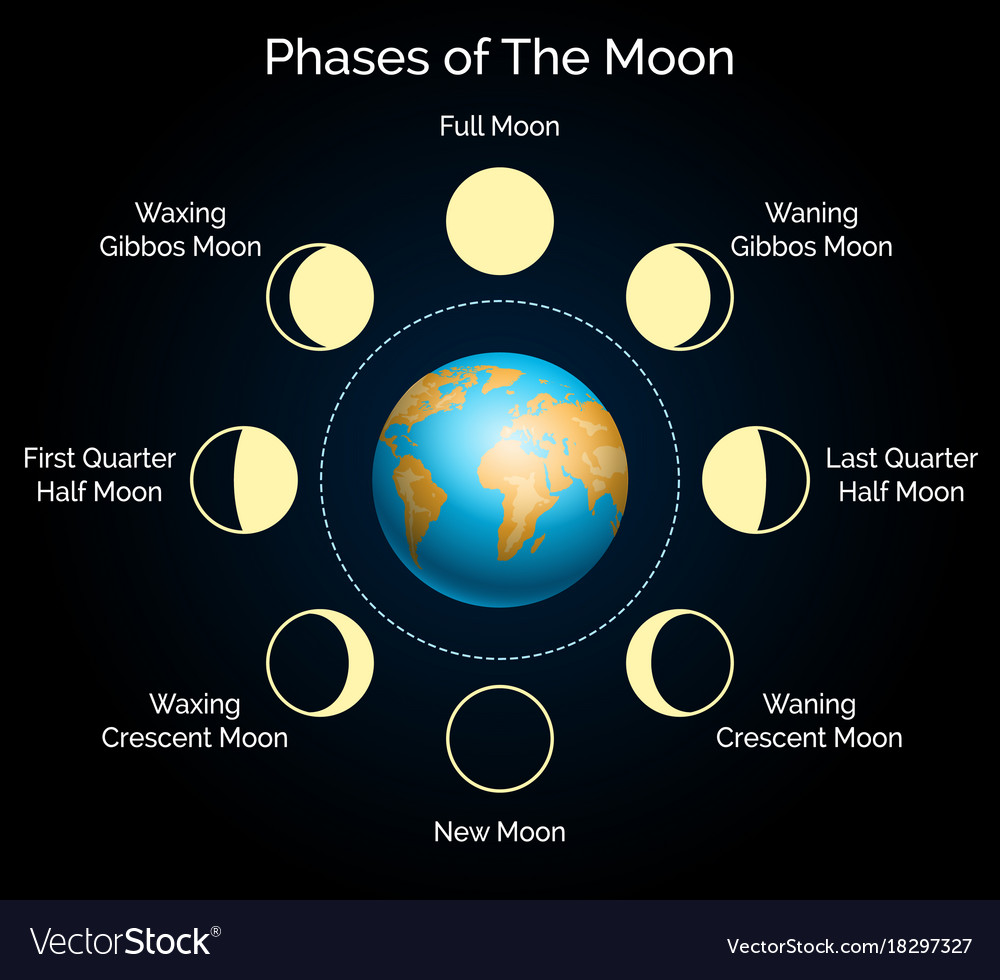Which is a problem because:
I think you'll find that I covered this in my comment, by suggesting that the outcome could not really be achieved by physics as we know it (a point made by others earlier in the thread), but would require one of: 1) magic; 2) technology whose effects look like magic; 3) the story to take place in a virtual world (so sticking to the laws of physics is not an issue).
The (unstated) question I was posing was why it has to be a full moon. Basically, if sufficient moonlight (sufficient for the purposes of the story) is meant to be always present (presumably** when sunlight is not), a
full moon may not necessary. (And as it's a story, "sufficient" can be tailored to the restrictions placed on the moonlight by the means its ever-presence is achieved.)
What I was describing was the situation where the maximum and minimum amounts of moonlight would be, for all intents and purposes, the same -- i.e there was no possibility of it falling below the required threshold (so the lower-light equivalent of the effect of a permanent full moon) -- and then considering the context of how this might be achieved (i.e. magic, technology that looks like magic, a virtual world).
The issue that you might have brought up is that, because the planet is not transparent (if it was, the presence of sufficient moonlight might be moot, as there would always be sunlight, even if it was coming up out of the ground), the moon would not be visible from half the planet. In this scenario, getting planet-wide access to a reasonablle amount of moonlight would require more than just one moon in a strange orbit (something else that would be best supplied by magic, technology that looks like magic, a virtual world...).
Of course, the mention of sufficient light brings up another issue, one that affects the story. Presumably the permanent full moon is needed so that werewolves are werewolves all the time (except, possibly**, in daylight), because it is the fullness of the moon that is important (i.e. "sufficient" means "the light that only a moon that is full can supply"). So perhaps a different approach is to consider the minimising the time when the visible moon is reflecting insufficient light onto the planet it's orbiting. (I mention this, because the schemes to move the moon a great distance from the planet to avoid the planet obscuring the moon might be: a) easier to contemplate if what is to be avoided is too much of the moon being in the planet's shadow; b) easier to justify if the level of required moonlight was not what we experience from a full moon here on Earth.)
Of course, if the
fullness of the moon, rather than the amount of
light it reflects onto the planet, is key to the transformation of a werewolf into its lupine form, the story is already one where magic is present, so the solution of having a full moon need not rely on physics alone.
By the way, the terminology I used regarding the phases of the moon (specifically "quarter moon", which is usually further identified as "first" and "third") is in common usage. Half moon is more of a description of what a quarter moon
looks like than what it is.
** - I'm assuming the story's werewolves cannot take on their lupine form during the day, but perhaps this is a false assumption. I think the assumption is correct, though: no scenario with just one moon can provide a view of a full moon everywhere on a planet.)


